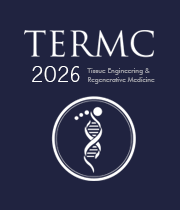Title : Induction and characterization of human tip-specific endothelial cells
Abstract:
Defects in vascular cells can contribute to peripheral vascular disease, stroke, atherosclerosis/thrombosis, diabetes, insulin resistance, chronic kidney failure, tumor growth, metastasis, dementia, and some severe viral infectious diseases. However, the recognition of ECs as distinct subphenotypes exhibiting distinct functions has been somewhat controversial. The dominant paradigm previously viewed tip-specific ECs as ECs that temporarily took up their unique behavior while leading migration of a sprouting blood vessel. Newer studies show that tip ECs, as well as ECs subpopulations from different tissue/organs, exhibit phenotypic stability with distinct functional and gene expression profiles, suggesting that these are unique subpopulations of ECs. Our laboratory uses mouse and human embryonic stem cells (ESC) and human induced pluripotent stem (iPS) cells and human umbilical vein endothelial cells (HUVECs) to study endothelial cell functions and vascular development. We have identified soluble signals and unique surface markers that direct and purify tip-specific ECs from stem cells and primary endothelial cells, characterized these cells using a variety of cell markers, and conducted functional assays. Here, we will report on our induction strategies and highlight the differences that we found between mouse and human tip-specific induction and identification. The generation and identification of these specific angiogenic cells are critical in studies aimed at controlling or directing angiogenesis or anti-angiogenesis.



